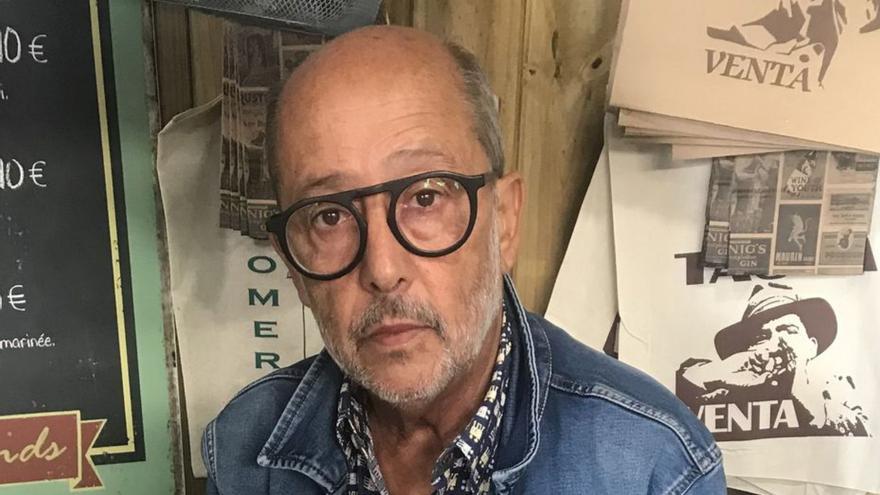
El Pajar magazine emerged in 1987 as a newsletter, a spokesperson for the neighborhood and youth associations of the La Florida and Pinolere neighborhoods, in La Orotava. That community development project, from which the Pinolere Cultural Association and its popular craft fair were born, was the origin of a publication that years later, from 1995, became the Canarian Ethnography Notebook, something like the Bible of the crafts and ethnography of the Archipelago.
Rafael Gómez León has always been the director of El Pajar, in all its stages, and is still at the forefront while preparing number 35, which will be released in December. It will be a 400-page issue, which remains faithful to the challenge of reaching “beyond the sea” as well, with works from the peninsula, Cuba, the Dominican Republic, Italy or Germany. “There are more and more researchers from outside who are interested in turning their research into a publication made in Tenerife, in a neighborhood like Pinolere,” he values.
«That newsletter for Giving a voice to the neighbors and generating a participatory movement was something pioneer in the midlands of La Orotava. And from the beginning he was concerned with the preservation of oral tradition and the visibility of popular culture to prevent it from being lost. Since 1995, with the birth of the Pinolere cultural project, it has been deepened more and in that first issue of this second stage a monograph on basketry is drawn up, where the basketmaker Juan González Fariña appeared on the cover “, recalls Gómez. At that time, the magazine was more closely linked to each edition of the fair.
Along with that beginning of the new El Pajar, a group of researchers wrote the book Pinolere, historia y tradition, «which is the first in-depth multidisciplinary work on a neighborhood in the municipality, along with another in La Perdoma, with archaeological sections , historical, ethnographic, educational, cultural, social … A milestone. An authentic encyclopedia on Pinolere », he emphasizes.
Already converted into a benchmark for crafts, ethnography and popular culture in the Archipelago, El Pajar is a living memory of the islands, “the yearbook of the ethnography of the Canary Islands”, in the words of its director. An attractive publication for specialists and researchers, but conceived with an informative objective, “adapted to all audiences, without elitism.” In the last 26 years it has dedicated its pages to rural women, pottery, wicker and chestnut basketry, blacksmithing, fretwork and embroidery, brass makers, haystackers, charcoal makers, the festive imaginary, the cattle culture, flowerbeds, traditional roads or clothing.
His third period, starting in 1999, has been that of the consolidation of El Pajar as a benchmark, despite economic difficulties. For Gómez, this magazine is past and future, as it will continue to promote new knowledge: «When someone is going to prepare a work on an issue that we have addressed, they go to El Pajar, where great experts on specific topics contribute their articles and, in addition, a lot of bibliography that will lead to more research.
A safe legacy
The huge legacy of El Pajar magazine is safe. The digitization of all its numbers has made the valuable information collected over 34 years available to people who show interest. In its pages a sometimes painful reality is reflected, since as Rafael Gómez León emphasizes, “we have been authentic notaries of the disappearance of many traditional trades.” And in El Pajar those techniques and customs are reflected, safe from oblivion.















